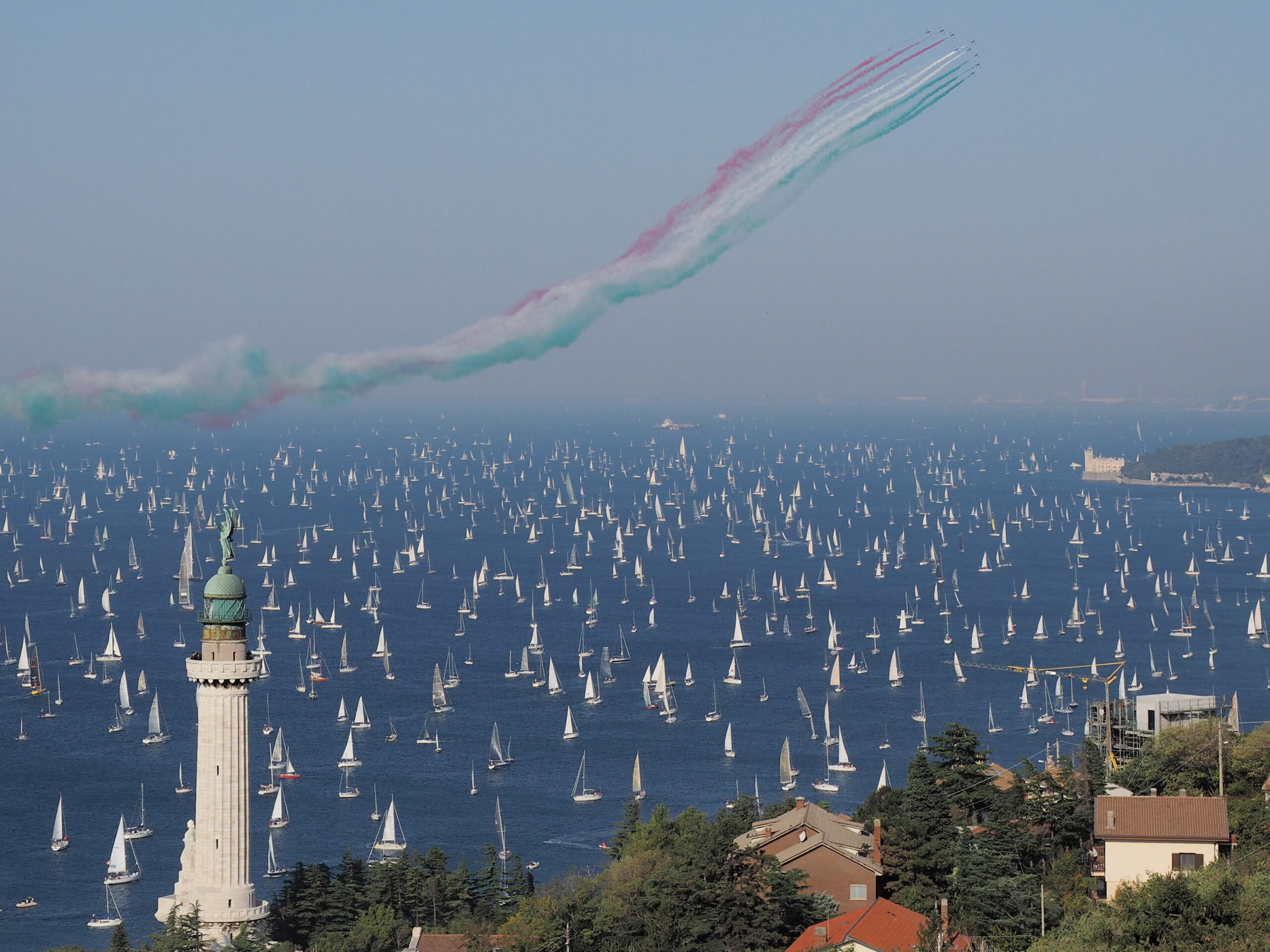Another criminally overlooked destination is the city of Trieste and surrounding areas. Being on the border to Slovenia and close to Croatia, no other Italian city shows such a profound historical and cultural transformation before and during World War II. Trieste only came back to Italy in 1954 and thus, its culture is the result of influences from the Austro-Hungarian and Slavic cultures that are reflected in its daily life, its dialect, its architecture, its traditions and, most of all, in its multicultural cuisine.
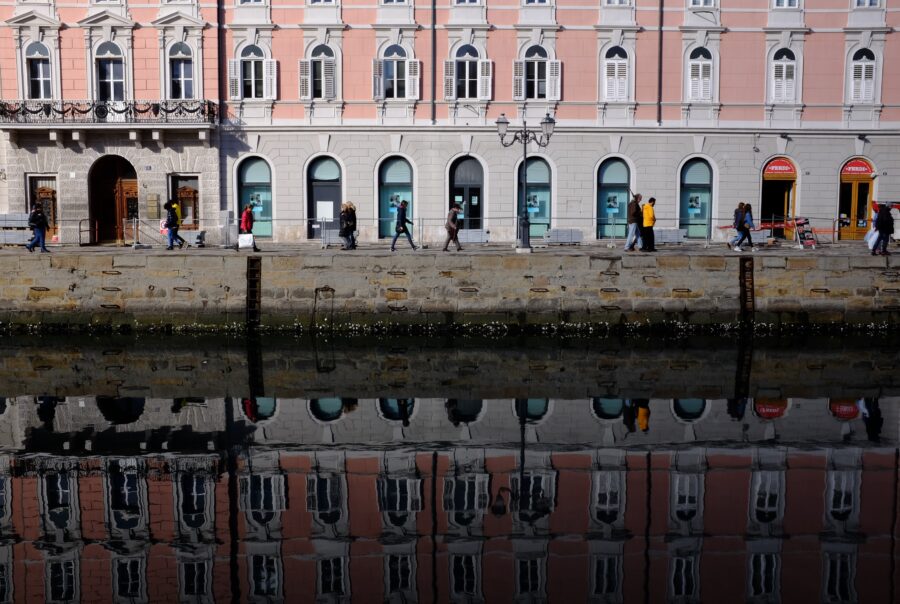
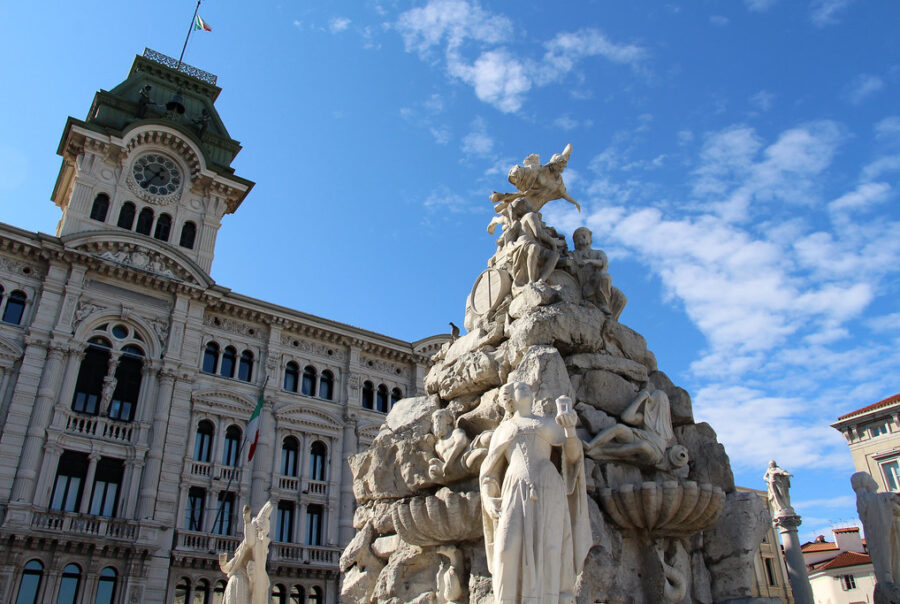
Once the great seaport of the Habsburg Empire, its fabulous waterfront is lined with neoclassical architecture on a par with London’s, although its view across the blazing blue bay is considerably finer. It is this view, plus the marina chock-full of sleek white yachts, the city lidos, the long, sandy beaches and the vineyard-draped hinterland of the karst that hold the real magic of Trieste.
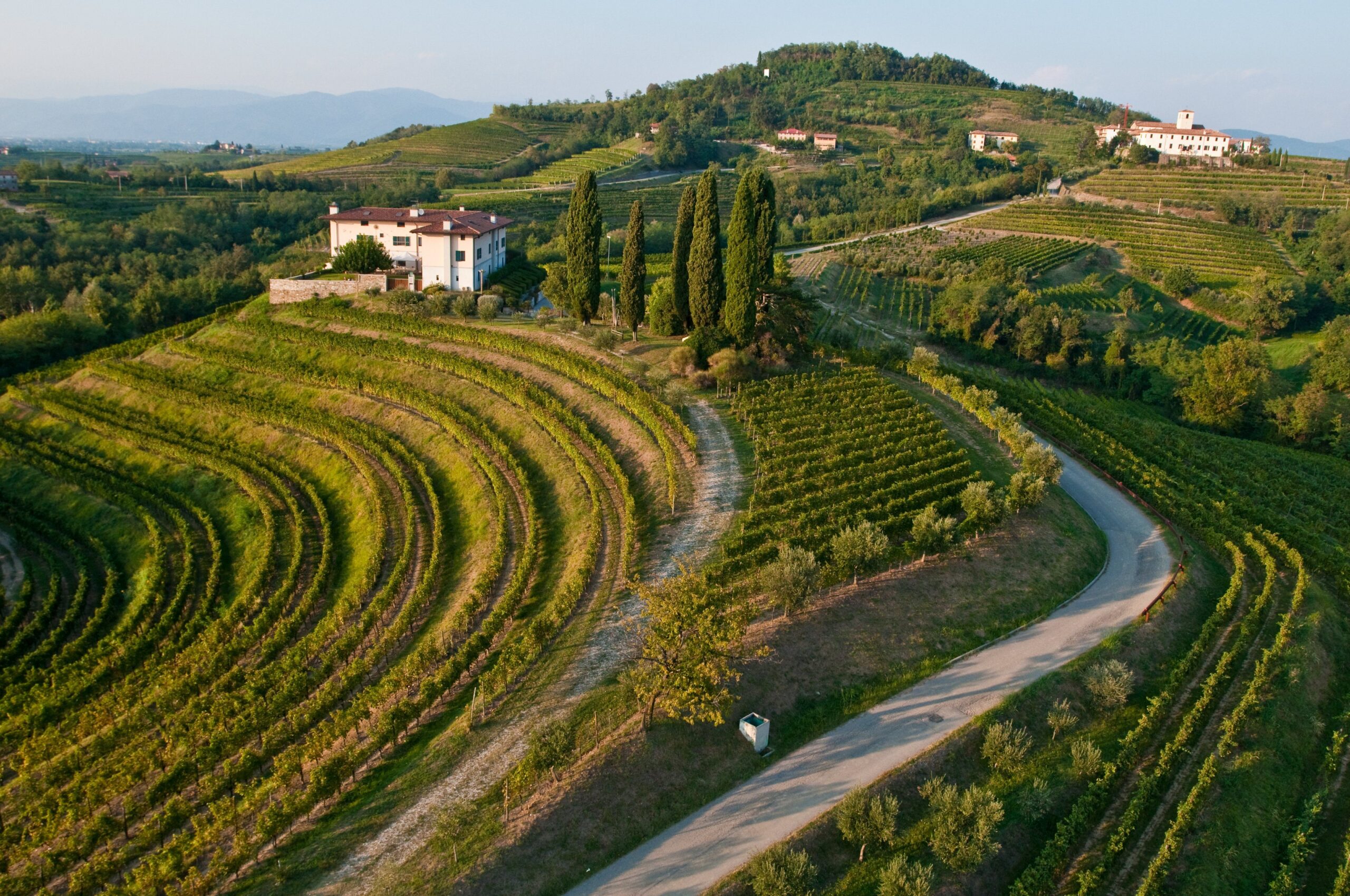
The region around Trieste is a big name in wine production, and cycling through the vineyard-lined hills along the Slovenian border is again a fun boozy activity. Friuli wine has made impressive strides over the past few decades, overcoming the destruction suffered in the World Wars to become a reference in Italian white wines and noble varieties like Chardonnay, Sauvignon Blanc, Riesling, Gewürztraminer, Pinot Blanc, and Pinot Grigio thrive here alongside a diverse array of native grapes.
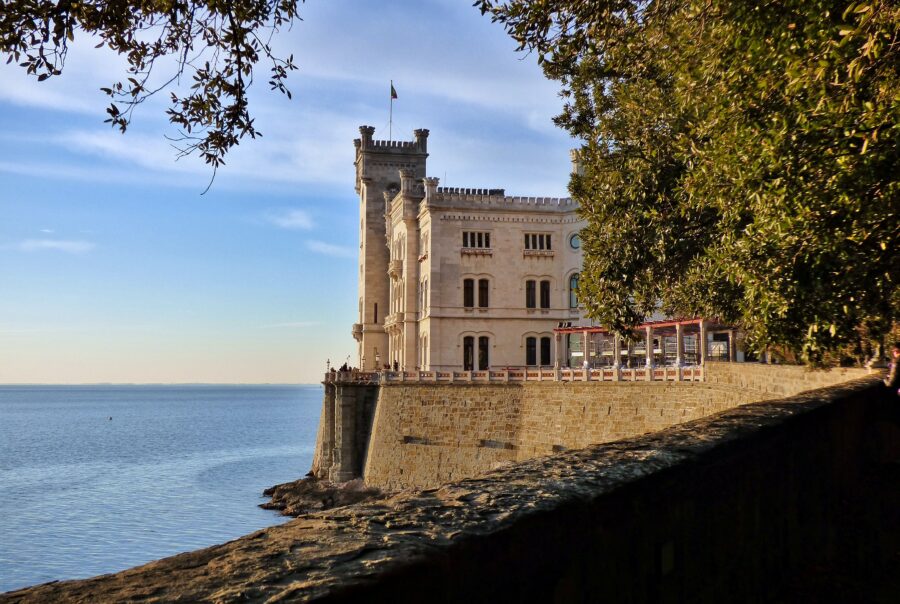

Trieste pairs easily with the nearby Venice and Dolomites and it’s worth visiting during (and ideally taking part in) the biggest regatta in the world: La Barcolana. This yearly event in the second Sunday of October, attracts more sails than any other and it’s a sight to behold. Taking part in the regatta is easy and pleasant as most participants couldn’t care less about winning and are mostly there to enjoy the sun and the sailing paired with lots of wining and dining on board – a wonderful way to exorcise the memory of the British loss to the Italians at this year’s Americas Cup (ouch – sorry guys!).
